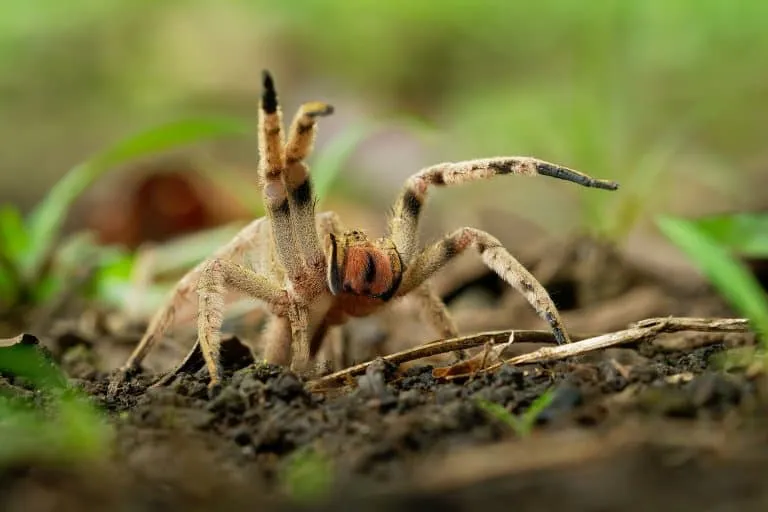Tarantula vs Brazilian Wandering Spider: Which Spider Reigns Supreme
The world of arachnids is vast and varied, filled with creatures that both fascinate and frighten us. Among the most well-known and, in some cases, feared spiders are the tarantula and the Brazilian wandering spider. Both are large, imposing, and capable of delivering a painful bite, but they differ significantly in their behavior, venom, and overall danger to humans. This article delves into a detailed comparison, examining their characteristics, habitats, and the potential risks they pose, to determine which spider truly reigns supreme in the realm of arachnids.
Understanding Tarantulas
What is a Tarantula
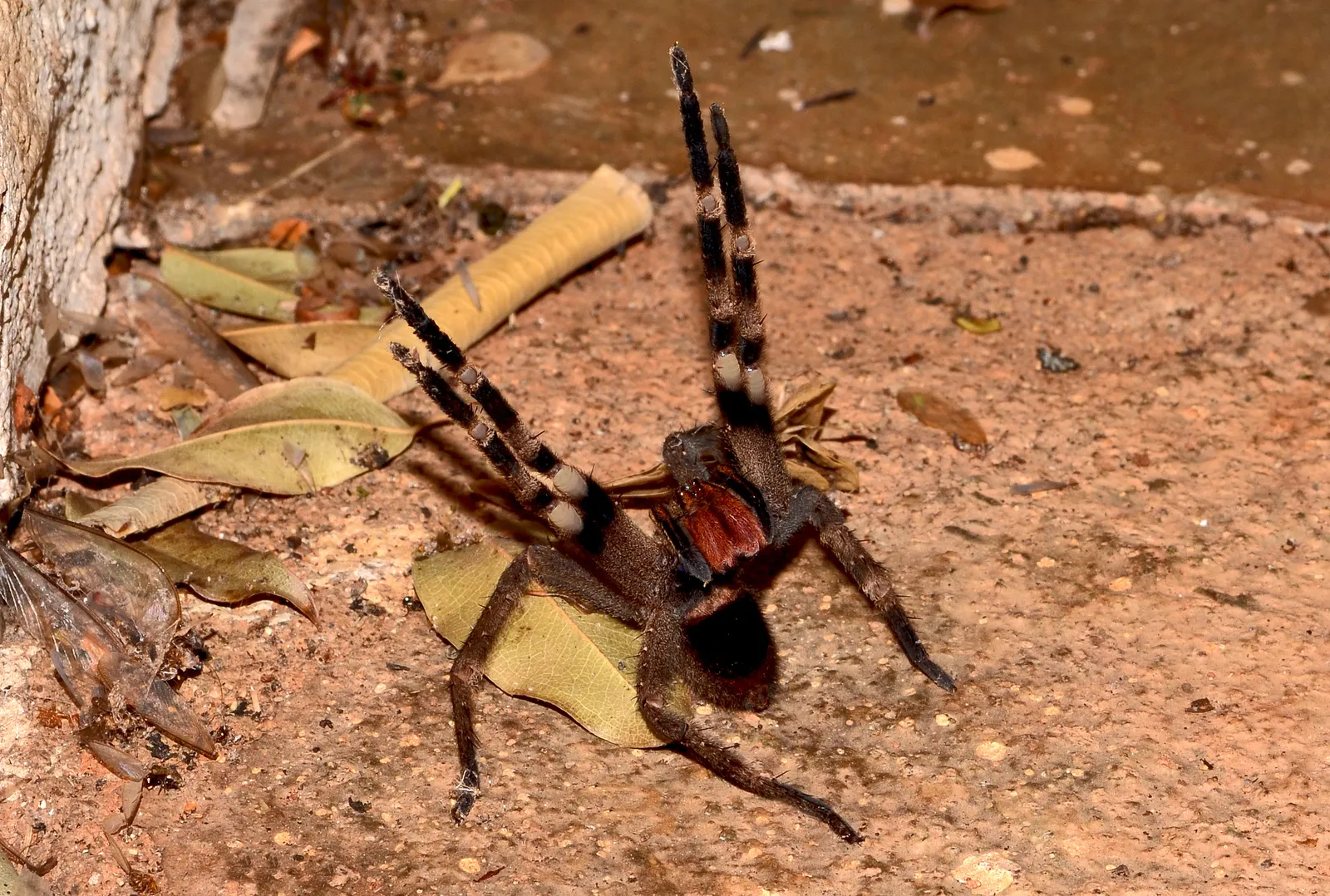
Tarantulas are large, hairy spiders belonging to the Theraphosidae family. There are hundreds of species, found in various habitats worldwide, primarily in tropical and subtropical regions. They are known for their impressive size, often reaching a leg span of several inches. Tarantulas are generally nocturnal hunters, preying on insects, small vertebrates, and occasionally other spiders. These spiders are popular pets due to their relatively docile nature and captivating appearance. They have a long lifespan, with females often living for over 20 years.
Physical Characteristics of Tarantulas
Tarantulas are distinguished by their robust bodies and hairy legs. Their coloration varies greatly depending on the species, ranging from earthy browns and blacks to vibrant blues and oranges. They have two body segments, the cephalothorax (fused head and thorax) and the abdomen. Their fangs are large and used to inject venom into their prey. Tarantulas also possess urticating hairs on their abdomen, which they can flick at perceived threats as a defense mechanism. These hairs cause skin irritation and can be a deterrent to predators.
Habitat and Distribution
Tarantulas inhabit a wide range of environments, including rainforests, deserts, grasslands, and even urban areas. Their distribution spans across North and South America, Africa, Asia, and Australia. Many species are terrestrial, living in burrows or under rocks and logs. Others are arboreal, residing in trees and shrubs. They adapt well to their surroundings, with their habitat playing a key role in their survival and behavior. The diversity of habitats reflects the wide variety of tarantula species and their ability to thrive in different conditions. (Image: tarantula-habitat)
Venom and Danger Level

While tarantula venom is generally not considered life-threatening to humans, their bites can be painful. The venom causes localized pain, swelling, and redness at the bite site. Some individuals may experience more severe reactions, such as muscle cramps, nausea, and fever. The primary defense mechanism of tarantulas is not their venom but their urticating hairs, which cause significant irritation. However, medical attention is rarely required, and the effects typically subside within a few days.
Understanding Brazilian Wandering Spiders
What is a Brazilian Wandering Spider
The Brazilian wandering spider, belonging to the genus Phoneutria, is one of the most venomous spiders in the world. Found primarily in South America, particularly in Brazil, these spiders are known for their aggressive behavior and potent venom. Unlike tarantulas, they do not build webs but actively wander the forest floor at night, hunting for prey. Their name comes from their habit of wandering, often entering human dwellings and hiding in shoes, clothing, and vehicles. They are considered a significant public health concern due to their potential for causing serious harm. (Image: brazilian-wandering-spider-habitat)
Physical Characteristics of Brazilian Wandering Spiders
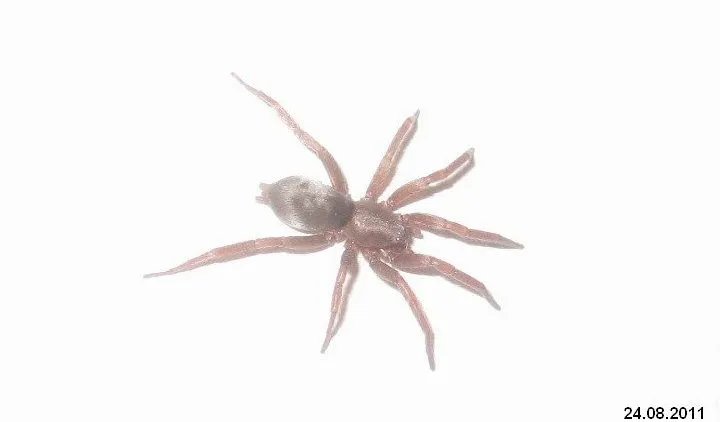
Brazilian wandering spiders are medium to large spiders, with a leg span that can reach up to 5-6 inches. They have a brownish coloration, often with darker markings on their legs and body. A distinctive feature is their aggressive defensive posture, where they raise their front legs when threatened. This display, combined with their speed and potent venom, makes them a formidable opponent. They have a large chelicerae (jaws) and strong fangs for delivering their venom. Their appearance can be intimidating, contributing to their notoriety.
Habitat and Distribution
These spiders are primarily found in the tropical regions of South America, including Brazil, Argentina, Uruguay, and Paraguay. They inhabit various environments, from rainforests to urban areas. They are often found in piles of wood, under rocks, and inside buildings. Their wandering behavior makes them prone to encounters with humans. The spiders’ ability to adapt to different environments, combined with their potent venom, makes them a significant public health hazard. They are most active at night, increasing the chance of human contact.
Venom and Danger Level
The venom of the Brazilian wandering spider is highly toxic and can cause severe symptoms in humans. The bite can lead to intense pain, muscle cramps, excessive salivation, sweating, and elevated blood pressure. In severe cases, it can result in priapism (prolonged and painful erection), respiratory problems, and even death. The venom contains a complex mixture of toxins that affect the nervous system. Medical treatment, including antivenom, is crucial for neutralizing the effects of the venom and preventing potentially fatal outcomes. The speed with which antivenom is administered is crucial for the patient’s survival.
Tarantula vs. Brazilian Wandering Spider: Key Differences
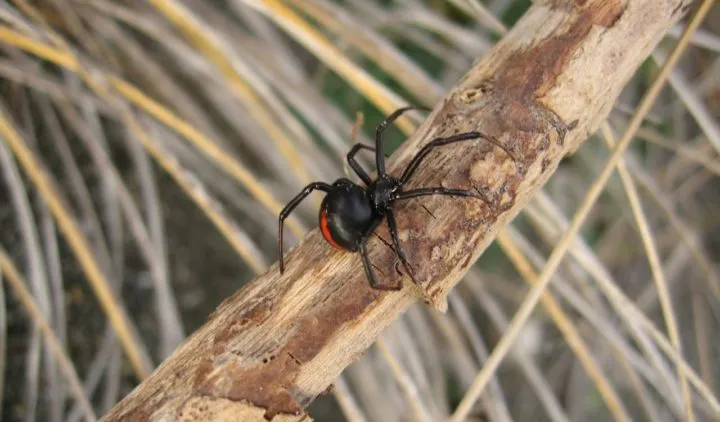
Size and Appearance
Both spiders are large, but tarantulas can often be larger, with some species exceeding a 10-inch leg span. Brazilian wandering spiders typically have a leg span of up to 6 inches. Tarantulas are generally covered in dense hairs, giving them a fuzzy appearance, while Brazilian wandering spiders have a smoother appearance. Coloration varies, but tarantulas tend to have more diverse and vibrant colors. The appearance is one of the primary ways to distinguish the two species. (Image: tarantula-size) (Image: brazilian-wandering-spider-size)
Behavior and Temperament
Tarantulas are generally docile and slow-moving, making them popular pets. They are not aggressive and will usually only bite if provoked. Brazilian wandering spiders, on the other hand, are highly aggressive and defensive. They are fast and will readily attack if they feel threatened. Their wandering behavior and tendency to hide in unexpected places increase the likelihood of human encounters. The difference in temperament is one of the most significant distinctions between the two spiders.
Venom Potency and Effects
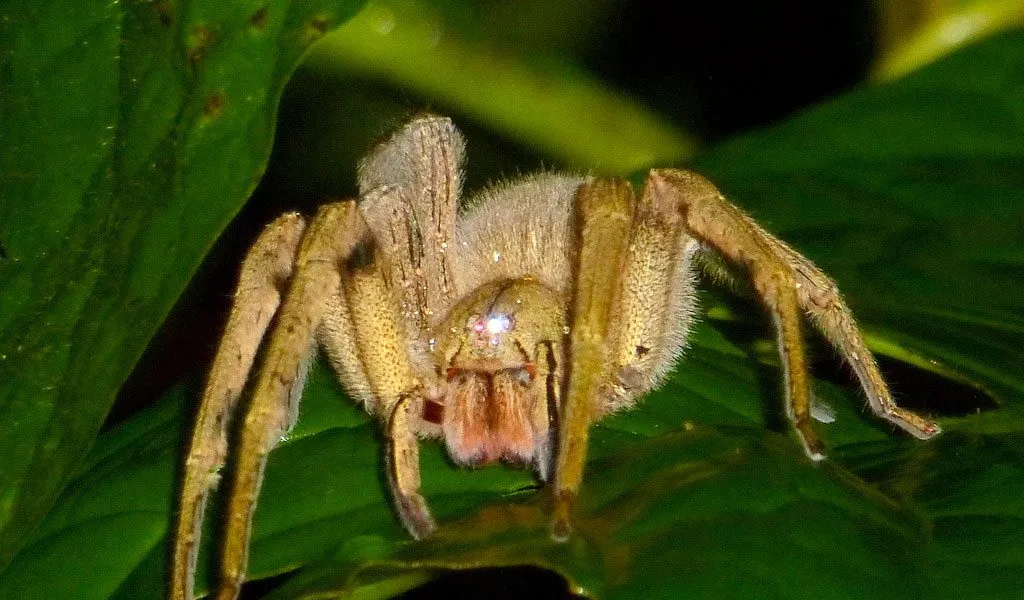
Tarantula venom is relatively mild and primarily causes localized pain and swelling. The effects are usually not life-threatening. Brazilian wandering spider venom is highly potent and can cause severe symptoms, including intense pain, muscle cramps, and respiratory issues. The venom can also lead to priapism and, in severe cases, death. The potency and effects of the venom are the primary reason why the Brazilian wandering spider is considered far more dangerous than the tarantula.
Habitat and Hunting Strategies
Tarantulas are generally sedentary, living in burrows or other shelters, and ambush their prey. Brazilian wandering spiders are active hunters, roaming the forest floor at night in search of food. Tarantulas are primarily terrestrial, though some species are arboreal. Brazilian wandering spiders often enter human dwellings, making them more likely to come into contact with people. The difference in hunting strategies and habitat preferences significantly impacts the likelihood of human encounters and the potential for bites.
Which Spider is More Dangerous
Bite Severity and Symptoms
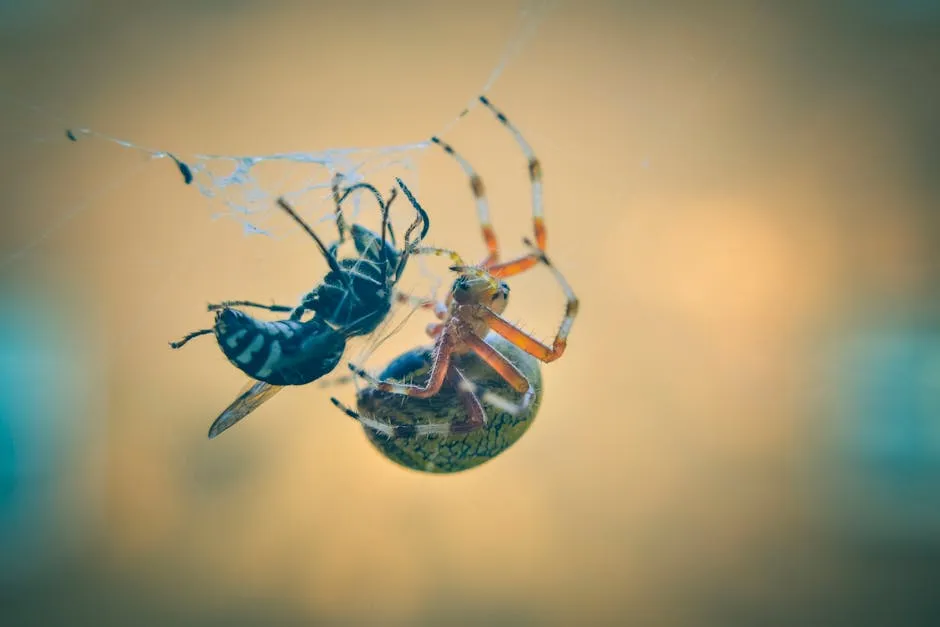
Tarantula bites are usually painful but rarely require medical attention. Symptoms include localized pain, swelling, and redness. Brazilian wandering spider bites, however, can cause severe pain, muscle cramps, and neurological symptoms. The venom can also lead to cardiovascular complications and, in some cases, death. The severity of the bite is one of the primary factors in determining the overall danger of each spider.
Medical Treatment and First Aid
For tarantula bites, basic first aid includes cleaning the wound and applying a cold compress. Medical attention is usually not required. For Brazilian wandering spider bites, immediate medical attention is crucial. This includes the administration of antivenom and supportive care. The quicker the antivenom is administered, the better the chances of survival. Identifying the spider is also important to ensure appropriate treatment protocols are followed. (Image: spider-bite-treatment)
Preventing Spider Bites
Safety Tips in Areas with Spiders
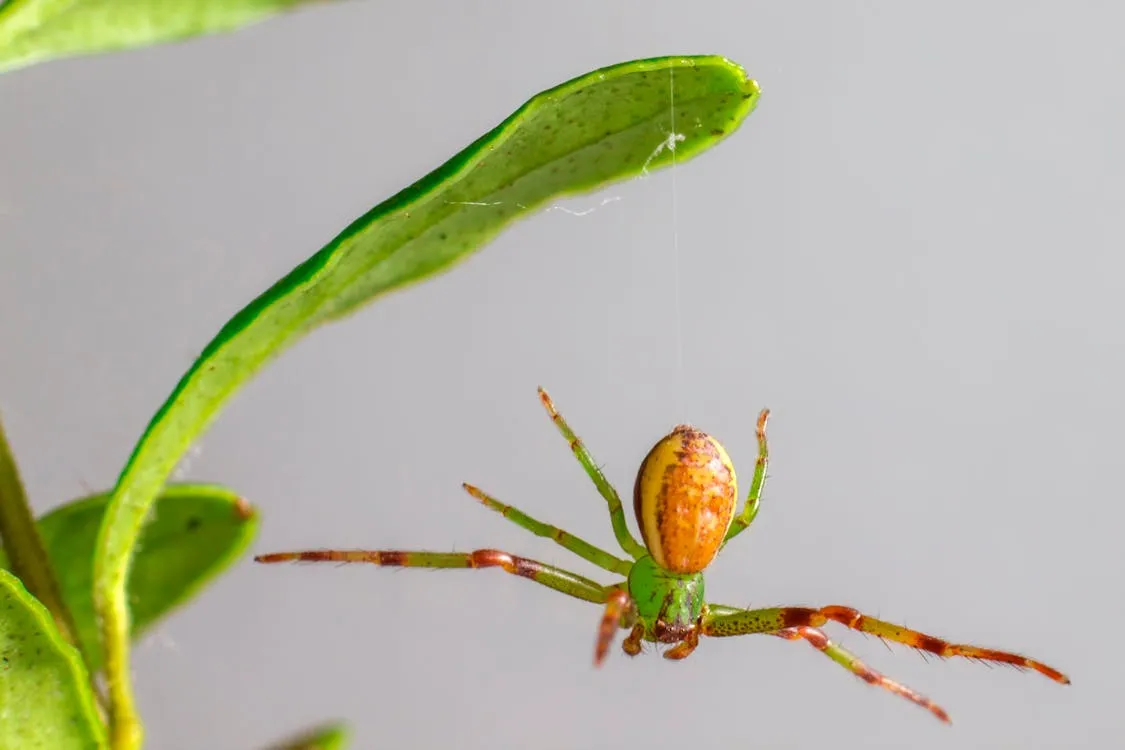
When in areas known to have spiders, such as forests or tropical regions, it’s important to take precautions. Wear long sleeves and pants, especially at night. Shake out clothing and shoes before putting them on. Be cautious when reaching into dark places or handling firewood. Keep your surroundings tidy to reduce spider habitats. Using a flashlight at night can help you spot spiders before accidentally coming into contact with them. Awareness and precautions can greatly reduce the risk of spider bites. (Image: spider-safety)
Spider Bite Prevention
Regularly inspect your home for spiders and webs. Seal cracks and openings in walls and foundations to prevent entry. Keep your yard clean and free of clutter. Use insect repellent when necessary. If you find a spider in your home, avoid contact and either leave it alone or remove it safely. Teach children to be aware of spiders and to avoid touching them. Proper identification of spiders can also help you understand the potential risks. (Image: spider-bite-prevention)
Conclusion
In the showdown between the tarantula and the Brazilian wandering spider, the verdict is clear: the Brazilian wandering spider poses a significantly greater threat to humans. While tarantulas may deliver a painful bite, their venom is not life-threatening, and they are generally not aggressive. The Brazilian wandering spider, with its potent venom, aggressive nature, and wandering habits, presents a much higher risk. Therefore, while both spiders are fascinating, the Brazilian wandering spider stands out as the more dangerous and, thus, the one to be more cautious of.
